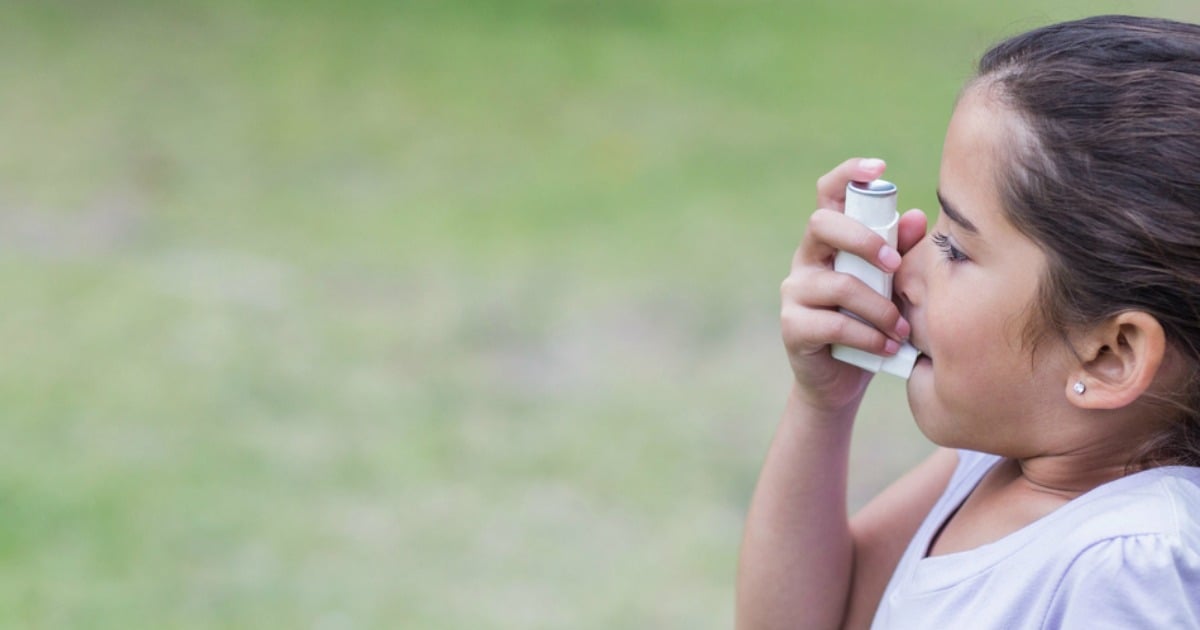The scariest moment we ever had with my daughter Belle came before she was diagnosed with asthma.
She’d been jumping around at a play centre on a cold morning and I thought she was being a petulant four-year-old. She kept tugging at me while I was trying to pack up and say goodbye to a friend, telling me she wanted to go home. Belle had an annoying little cough — kind of like those fake ones that people use to interrupt you — but as it was winter I didn’t think too much of it.
By the time I got her strapped into the car, just minutes later, I realised she couldn’t talk. She had gone the colour of wax and was fighting for breath. Not quite believing what I saw, I asked her: “Can you breathe?” She shook her head, unable to speak with wide terrified eyes. Fortunately, I was literally a few minutes away from the hospital.
It’s not easy to forget driving your little kid to hospital when you can hear them gasping for breath in the back.
This is the journey no doubt hundreds of people made to the emergency department a fortnight ago at the mercy of the 'asthma cloud' over Melbourne — and with eight deaths now clocked up, some never had the chance to do.
As one of many parents with a kid with asthma, the 'thunderstorm asthma' gave me the total willies. This week, residents of NSW and Victoria are facing the possibility of it happening again.
The thought of people not being able to breathe and dying helplessly in their loved one’s arms on their front lawns is utterly devastating. It’s very easy to flick off asthma as a common playground condition — I’ve seen teachers, carers and parents do it, believe me. But thunderstorm asthma has delivered a sharp, eye-poking reminder of how serious the illness can be: people die of it. According to the World Health Organisation, globally about 250,000 people’s lives are cut short from the chronic lung condition each year – most, apparently, avoidable.



Top Comments
I've had asthma my whole life and the thunderstorm incident was even a massive kick up the bum for me. I had gotten quite relaxed with my asthma over the years as I know my triggers and thought it was under control. Boy was I wrong...have been sucking down ventolin since the storm and have booked to go refill my preventer prescriptions.
To people who don't know what asthma feels like, try breathing through a straw. It's terrifying when you can't catch your breath and you honestly think you're going to die. If you take ventolin and you're not asthmatic, you'll probably just feel light headed and shaky. I think it's better to be safe than sorry, and will always have ventolin at hand for myself or someone else if need be in the future.
Until quite recently, asthmatics needed a doctor's prescription for Ventolin. It would be a shame if patients were stopped from buying ventolin direct from the pharmacist because mums were administering it to their non-asthmatic children.